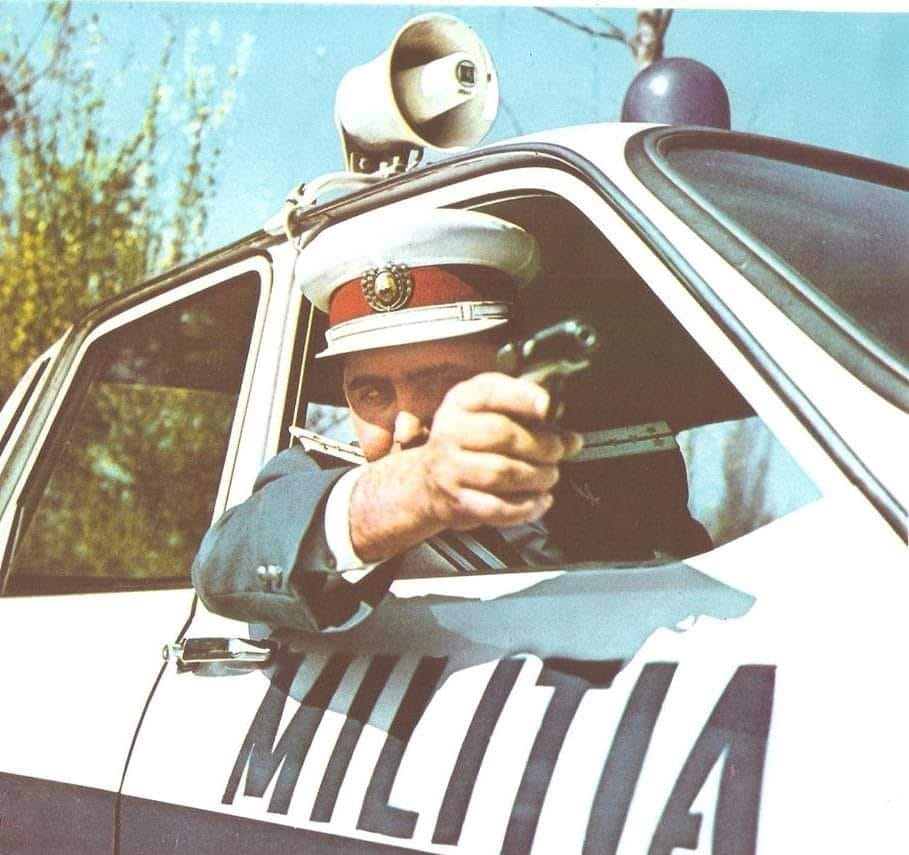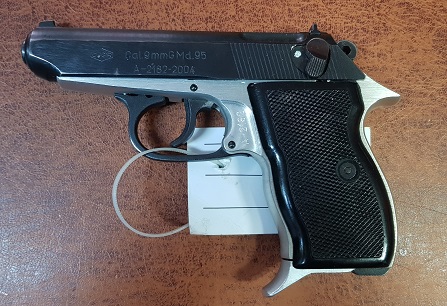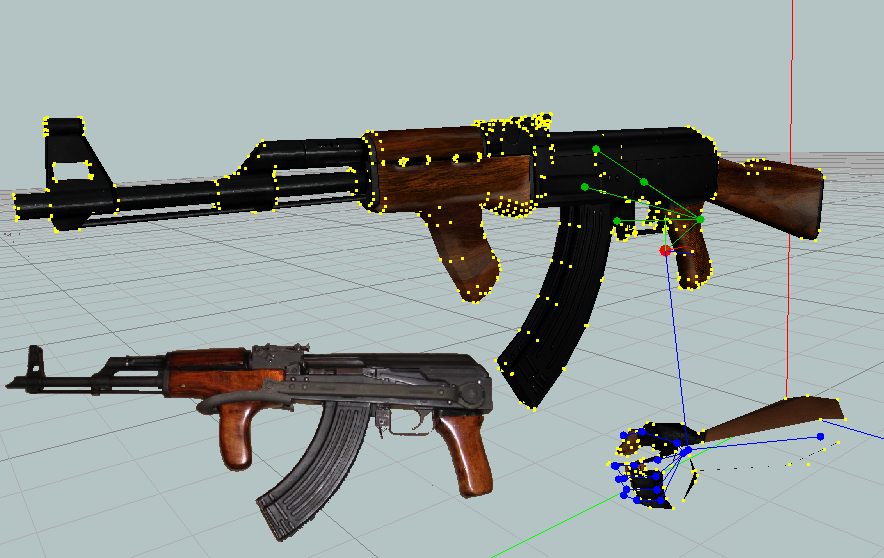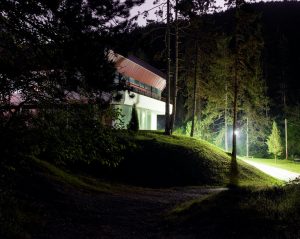Romania is a large country situated in the Balkan region of Europe. Famous for blood-sucking people both in centuries past and today, as well as a hell of a lot of friendly gypsies. At Weird World Wire, we’ve been fortunate enough to have had the opportunity to travel to Romania many times and each time we’ve lost 6x the cost of our plane ticket through the hardworking efforts of pickpockets, tourist touts and other assorted characters. Apart from Dracula, one of the coolest things about Romania is its wild Communist past when it was under the reign of the King of Communism, Nicolae Ceaușescu.
The Communist era came after Romania was best buddies with Nazi Germany. After committing some pretty vile atrocities against unarmed civilians in places like Ukraine and Russia, Romanian soldiers realized that they were pretty shit at fighting people who actually shoot back at them. So at Stalingrad, the Russians smashed through the Romanian held part of the German frontline, which allowed them to form a ring around the Nazis and slowly move in to crush them, turning the tide of WW2. God bless Romania and their inability to fight!
As the Soviets stormed West, Romania shit themselves and promptly switched sides. Eventually, Nicolae Ceacescu gained power and treated Romania like he was a kid in a playground, but with the exception of killing any other kids who he didn’t like. As well as living like a God and building monstrous palaces that he didn’t even get to live in due to a barrage of AK47 rounds getting in the way, Ceacescu aspired for Romania to be separate from the USSR in a range of ways. So unlike neighbouring Eastern Bloc states, Romania was largely self-sufficient for a number of years, making its own thanks to being rich in oil, agriculture and other natural resources.
When it came to weapons to protect their country from the ‘scheming capitalists’, Romania took heed of the Soviet Union call for the states of the Warsaw Pact to produce their own weapons and set about making their own. Some were pretty awesome, and others had a hint of bestiality. In this article, we’re going to look at the two quintessential weapons of the Romanian People’s Army: The Carpati Pistol and the Donkey Dick AK47.
The Carpathian Pistol / Pistolul Carpați\
Introduced in the glory days of Communist Romania back in 1974, the Pistolul Carpați was a 7.65mm handgun made by the nationalized Romanian weapons firm of Fabrica de Arme Cugir. It looks very much like the classic James Bond sidearm of a Walther PPK and is constructed from duraluminium with a chromed finish. The pistol is self arming and has an 8 round magazine. On the first shot, the pistol is double-action; after that, it is a single action.
Naturally, back in the days of Communism, the weapon was only permitted as a sidearm for Romanian Army and Police unit. Normal citizens weren’t allowed to own guns because Communism was so damn good, what do you need a gun for? (This question doesn’t apply to the Romanians who machine-gunned Nicolae Ceacescu and his wife, Elena).
When Communism collapsed in Romania, the stockpiles of the pistol were still issued to some police units, but over the years, they have begun to gather dust as Romania moves closer to adopting the Glock range of handguns for all their police and military forces. Gotta love that Glock framework!
The Donkey Dick AK-47 / Pistol Mitralieră model 1963
During the late 1940s and 1950s, Romanian forces used the Russian PPSh 41 and the AK47. In the 1960s, they moved on to produce their own version of the Kalashnikov called the Pistol Mitralieră model 1963 or the PM md. 63/65. The weapon is chambered in 7.62 ammunition and is pretty much exactly the same as the Russian AK in the sense that it is a simple design, cheap to make and easy to maintain.
One of the most unique features about the Romania AK is a forward-pointing front handgrip molded into the lower handguard, which would earn the nickname of ‘donkey dong’ or ‘donkey dick.’ Nobody knows why the Romanians featured animal-like penises on their weapons, but they’ve proved popular around the world in the post-Communist years, particularly in the Middle East.




